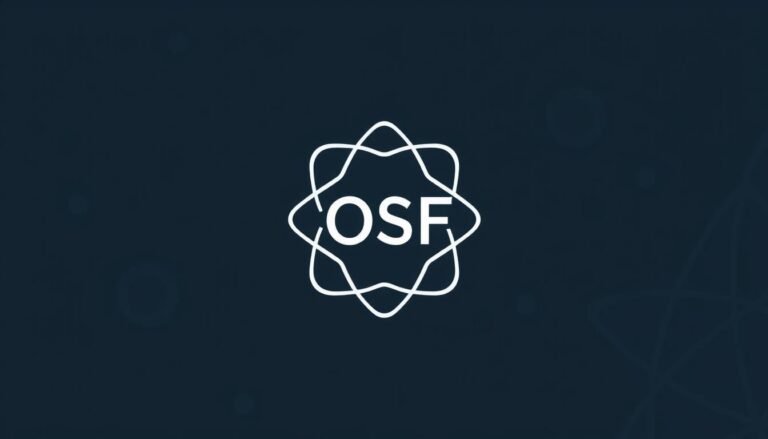
The Ultimate Guide: Feel Free to Adapt or Combine These Suggestions to Fit Your Specific Focus or Audience!
Introduction
In a fast-paced world where personalization is king, the ability to adapt and combine suggestions to suit your unique focus or audience is more crucial than ever. Whether you’re crafting a marketing strategy, designing an educational curriculum, or curating content for a blog, understanding how to tailor these recommendations can unlock greater engagement and satisfaction among your audience. In this ultimate guide, we’ll explore the power of flexibility in suggestion-making and provide actionable insights to elevate your approach. Feel free to adapt or combine these suggestions to fit your specific focus or audience and watch as your efforts yield remarkable results.
The Importance of Adaptability
Adaptability is not just a buzzword; it’s a fundamental principle that can drive your success. Imagine trying to sell a winter jacket in the tropics or a summer dress in the Arctic. Without adjusting your offerings to meet the specific needs and circumstances of your target audience, you risk alienating potential customers or students.
Why Adaptability Matters
- Audience Engagement: Customized suggestions resonate more with your audience, leading to higher levels of engagement.
- Increased Relevance: Tailoring suggestions ensures that they align with your audience’s interests and needs, making your content more relevant and useful.
- Enhanced Learning: In educational settings, adapting content to fit different learning styles can significantly improve knowledge retention and understanding.
Case Study: Marketing Strategies
Consider a global sports brand that launched a campaign tailored to local markets. By adapting its promotional materials to reflect regional cultures—such as using local athletes as brand ambassadors and translating content into the vernacular—the brand saw a 30% increase in engagement. This illustrates the importance of localizing messages to connect with audiences.
Strategies for Effective Adaptation
Understanding Your Audience
Before you can feel free to adapt or combine these suggestions to fit your specific focus or audience, you must first understand who you’re speaking to. Here are a few methods to gain insights:
- Surveys and Feedback: Collect data directly from your audience.
- Analytics: Use website and social media analytics to see what content performs best.
- Persona Development: Create audience personas to better visualize and understand their needs.
Customization Techniques
- Segment Your Audience: Divide your audience into smaller, more manageable groups based on shared characteristics.
- Use A/B Testing: Experiment with different versions of content to see what resonates best.
- Utilize Dynamic Content: Implement technology that allows for real-time customization of content based on audience behavior.
Example Table: Audience Segmentation
| Segment | Interests | Preferred Content Type | Suggested Adaptation |
|---|---|---|---|
| Young Adults | Technology, Fashion | Social Media Posts | Trend-focused visuals and memes |
| Professionals | Career Development | Webinars, Articles | Expert interviews and case studies |
| Retirees | Health, Travel | Email Newsletters | Inspirational stories and tips |
Case Study: Email Marketing
A health and wellness company employed segmentation in its email marketing campaigns. By crafting tailored newsletters for different demographics, the company increased its open rates by 45% and click-through rates by 60%. This approach demonstrates how nuanced understanding of audience segments can vastly improve communication effectiveness.
Real-World Applications
Feel free to adapt or combine these suggestions to fit your specific focus or audience and watch how these strategies can transform various fields:
In Education
Educators can utilize differentiated instruction to meet diverse learning needs. By adapting lesson plans to include various levels of difficulty, learning styles, and interests, teachers can create a more inclusive learning environment.
In Content Creation
Content creators can harness audience insights to craft blogs, videos, or social media posts that resonate more deeply. Informational webinars can be broken down into bite-sized videos, appealing to those with shorter attention spans.
In Business Strategy
Businesses can leverage customer feedback to refine their products or services. Adapting based on concrete data, such as customer reviews and product returns, allows companies to innovate and better meet market demands.
Challenges of Adaptation
While adapting suggestions is essential, it comes with challenges:
- Resource Constraints: Time and budget limitations may hinder the ability to personalize offerings thoroughly.
- Over-Adaptation Risks: Changing too much can dilute the core message or brand identity.
- Inconsistent Execution: Without a clear strategy, different team members may adapt in conflicting ways, leading to brand inconsistency.
Solutions to Overcome Challenges
- Establish Clear Guidelines: Create a framework for adaptation that maintains brand consistency.
- Utilize Technology: Employ tools that streamline personalization processes, such as AI-driven content management systems.
- Regular Training: Invest in training for team members to ensure alignment in adaptation strategies.
Conclusion
Feel free to adapt or combine these suggestions to fit your specific focus or audience, and you’ll open the door to a world of possibilities. By prioritizing adaptability, understanding your audience, and employing various techniques, you can create content that not only resonates but also drives engagement and retention. The ability to tailor your approach will not only enhance your connection with your audience but also position you as a thought leader in your field.
As you move forward, remember that flexibility is your biggest asset. The world is full of diverse voices and needs—embrace them, and you’ll thrive.
FAQs
1. What is the first step in adapting content for my audience?
To effectively adapt content, start by understanding your audience through surveys, analytics, and persona development.
2. How can I ensure my adaptations remain consistent with my brand?
Establish clear guidelines and frameworks for adaptation to maintain brand integrity while allowing for personalization.
3. What tools can help with audience segmentation?
Many CRM systems and email marketing platforms offer advanced segmentation features, allowing you to tailor content effectively.
4. How often should I adapt my suggestions?
Regularly review audience feedback and analytics to determine when adjustments are needed—ideally, this should be an ongoing process.
5. Can over-adaptation harm my brand?
Yes, changing too much can dilute your core message. Focus on meaningful adjustments that enhance rather than contradict your brand identity.
Feel free to adapt or combine these suggestions to fit your specific focus or audience, and you will not only improve your engagement but also elevate the overall quality of your outreach.

















